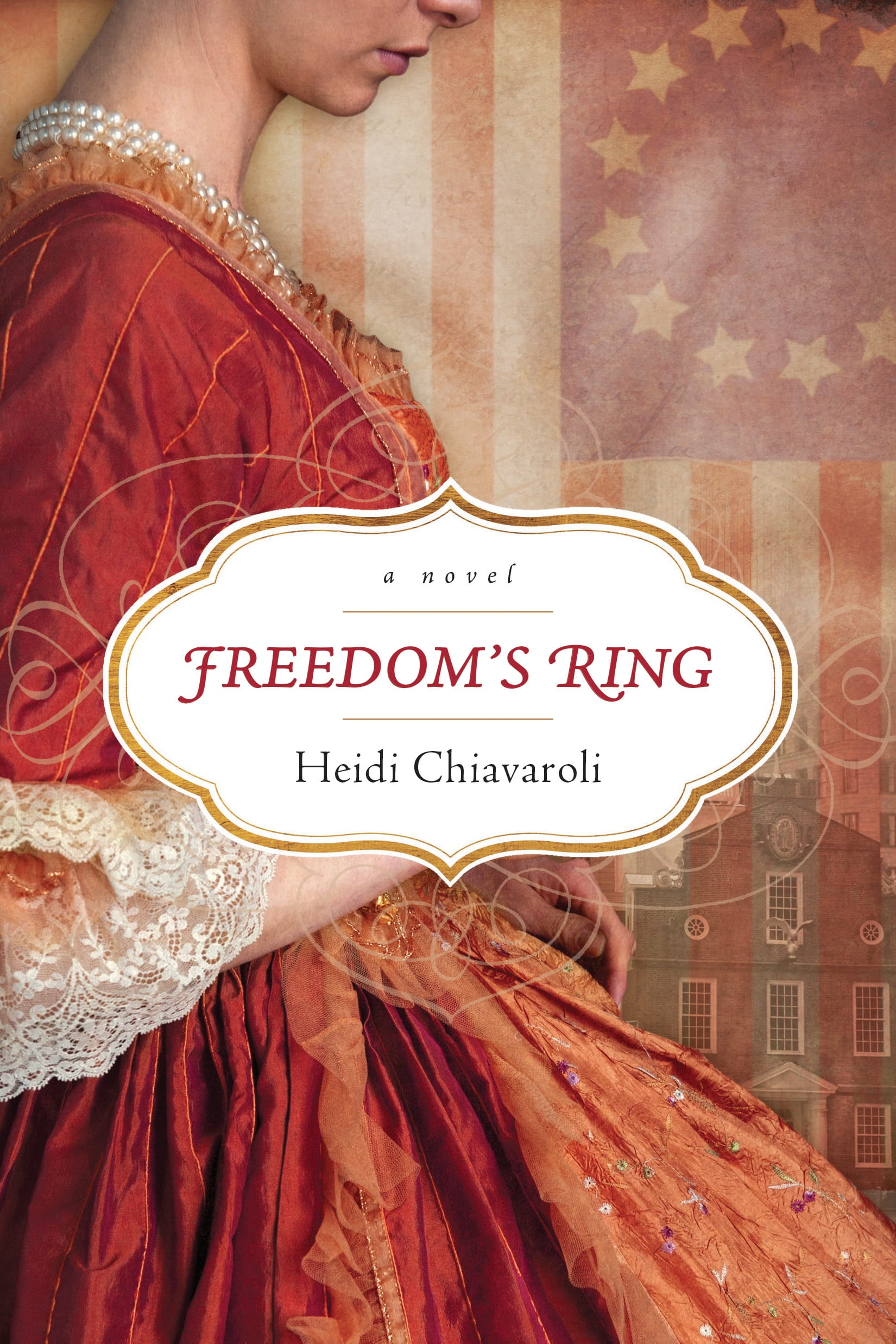There are Two Sides to Every Story

At the sound of strident voices coming from my young sons’ bedroom, I raced in, determined not to let the conflict escalate. As soon as I crossed the threshold, a barrage of tattles pummeled me. Yes, each had his own version of how the argument started. Yes, each pointed to the other’s faults while conveniently ignoring his own. And yes, as I sat with them and tried to get each brother to place himself in the other’s shoes, both stubbornly refused.
While my tendency is often to grow impatient at this immaturity, I don’t have to look deep inside to see how in many ways, I am just like my children. When I have a disagreement with the hubby, a family member, or a coworker, I don’t first try to see their point of view. No, what happens initially is my defenses rise. My need to be right, to be in control, to protect myself, naturally comes to the surface.
I was reminded of this very human trait when doing the research for my most recent book. In going back to the events of Revolutionary Boston, and in particular the Boston Massacre, it was plain to see that this need to cling to my side, my beliefs, is nothing new to humanity. But since the historical heroine in my novel is torn between the love of two men—one a Patriot and one a Redcoat—it was important for me to explore both sides of the Revolution. It was important for me to understand the viewpoint of a British soldier.
In doing so, I found that the soldiers occupying colonial Boston were surprisingly miserable. The locals mistreated them and they were not paid much for their troubles. Schoolboys would often mock the sentries, call them names, goad them to fight. In fact, it was on the night of March 5, 1770, that one such schoolboy chose to pick a fight with a Regular stationed at the Customs House. Before long, an all-out fray occurred—the Boston Massacre—and five colonists were dead. Within a week, Paul Revere and the Sons of Liberty jumped at the chance to show their side of things in Revere’s famous engraving, still shown in history textbooks today.
Yet what the British were fighting for during the Revolution may surprise you. They fought for the same thing as the Patriots: freedom. In their eyes, they saw the Patriots as a group of radicals causing trouble for their colonists, pushing them into insurrection. And although the King’s Army got a bad rap in the Boston Massacre, trial records indicate the rowdy, drunken rebels were the ones to instigate the fight—throwing ice at the soldiers, pressing in on them with clubs, even daring them to fire. The Sons of Liberty conveniently ignored these facts when rallying others for the cause of independence.
This theme of doggedly clinging to our own ideas and opinions while dismissing “the other side” is a common one in history. In fact, we don’t have to go much further than our television remotes or newsfeeds to see its evidence today. The Black Lives Matter movement, quickly challenged by All Lives Matter. Political parties. Police shootings. What side you fall on in certain social issues—abortion, gender identity, women’s rights, same-sex marriage, adoption rights.
Now some of us can get pretty fired up about these topics, and perhaps we should. Yet I can’t help but think about Jesus on the cross. He had every right to fight back, to come down off that bloodied piece of wood, and yet He didn’t. He stayed there. For Jew and Gentile, slave and free, male and female. For you, for me, for people who would fight against who He said He was, for people who would think their way was the better one.
I think there, on that dark Friday, we see Jesus having overwhelming compassion for us, the enemy. The ignorant. He doesn’t show anger and frustration at those who put Him on the cross. He asks God to forgive them.
What does this have to do with us today? No matter who we are, most of us are genuinely trying to do our best. Most of us are fighting for what we believe is true and right, no matter how our thoughts may differ.So before I jump to judge, I should first try to put myself in the shoes of those in front of me. I should show compassion.
And if I feel God is calling me to stand by my beliefs (which He may be doing!), then instead of holding up a sign or posting an argumentative meme, I should perhaps make a friend on the other side. I do not want to be known for my judgmental attitude; I want to be known for what Jesus was known for. He did not sin, yet He showed compassion for the sinners. He gave us something so much better to ponder than how “right” our side is. He gave us the gospel. He gave us grace.
And the gospel is not politics. It is not Jew or Gentile, Redcoat or Patriot, Black Lives Matter or All Lives Matter. It is not political party or any social issue, past or present. It is the all-consuming, beautiful news that Jesus has finished for us the most important work, which we couldn’t finish for ourselves.
Jesus Himself reached out His hand to me—a dirty, hell-bent sinner—and saw my helplessness, my stubbornness, my self-preserving manner and need to cling to my side of things. And yet He still loved me. He still gave me freedom, and in doing so He frees me to let go of my “rights” and to step into another person’s shoes.
So next time my boys are ready to pummel each other, what can I bring them? I can bring them compassion. Truth to show them their need—and mine—for a Savior bigger than their problem. And I can pray that the most important thing—the gospel—will touch their hearts so that they will learn to see the other side as well.

Image courtesy: Pexels.com
Publication date: August 7, 2017
Originally published August 07, 2017.







